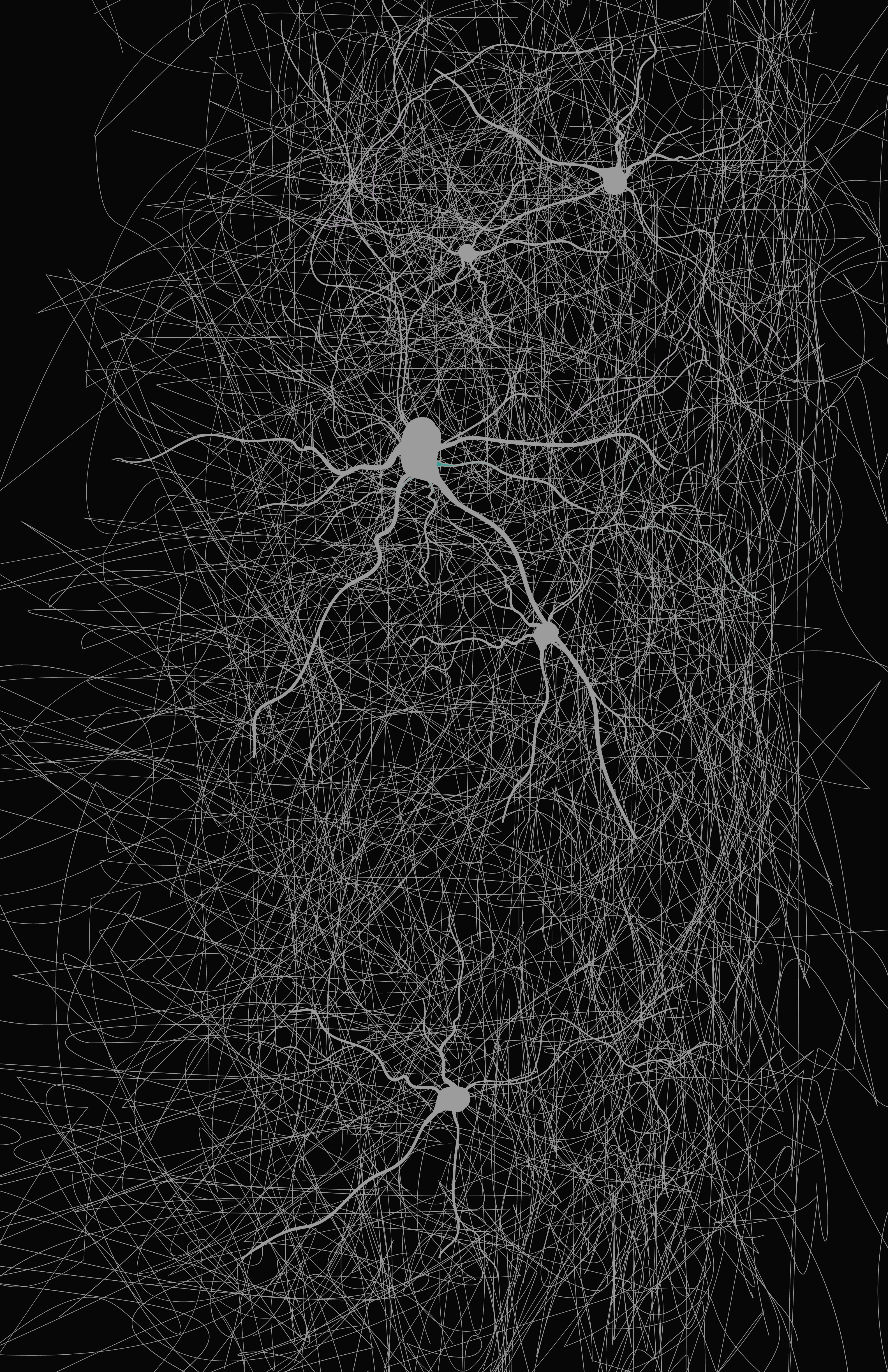Invisible Wounds
Design Research + Print Design
Graphic Design Studio — Spring 2023
Project DetailsThis information-heavy poster transforms complex data and research into a visually compelling and accessible infographic. Based on Claudia Wallis’ article “Mass Shootings Leave Lasting Psychological Wounds,” the piece tackles a socially significant and urgent issue: the deep and lasting mental health impact of mass shootings. Beyond raising awareness, the infographic advocates for action. It urges schools, policymakers, and the public to recognize the long-term psychological toll of mass shootings and to invest in critical mental health resources for survivors and affected communities.
Programs & Sources: Adobe Photoshop, Illustrator, InDesign, Figma
Design Research + Print Design
Graphic Design Studio — Spring 2023
Project DetailsThis information-heavy poster transforms complex data and research into a visually compelling and accessible infographic. Based on Claudia Wallis’ article “Mass Shootings Leave Lasting Psychological Wounds,” the piece tackles a socially significant and urgent issue: the deep and lasting mental health impact of mass shootings. Beyond raising awareness, the infographic advocates for action. It urges schools, policymakers, and the public to recognize the long-term psychological toll of mass shootings and to invest in critical mental health resources for survivors and affected communities.
Programs & Sources: Adobe Photoshop, Illustrator, InDesign, Figma

An infographic meant to educate and persuade.
With a recent shooting taking place at Michigan State University, I’ve felt the effect this kind of news has on my peers and especially on those who attend MSU. Students are scared, and feel lost with how to cope. My hope is to bring awareness to the lasting impact of these tragedies, in an effort to encourage schools to take action in providing mental health resources post-trauma.Purpose Strategy
To Educate
people on the invisible wounds that mass traumas leave on their victims. This includes depression, PTSD, anxiety disorders, panic attacks, substance use disorders, and phobias.To Persuade
Americans, schools, and government officials that these psychological wounds need to be addressed with more mental health resources, and that mass shootings affect lives beyond the immediate victims and their families.Process Work
View Full Process Book︎︎︎
Data to Include
GENERAL MASS SHOOTING DATA (context)
![]()
- Data pulled from Statistica, referenced below. Summarized and designed to be understood more easily.

RESULTING PSYCHOLOGICAL EFFECTS (problem)
- Major depression and post-traumatic stress disorder (PTSD), anxiety disorders, panic attacks, substance use disorders, and phobias were the most common psychiatric conditions.
- There was a 21.4 percent increase in antidepressant prescriptions for people under age 20 in the local area where a school shooting had occurred, compared with areas 10 to 15 miles away. An elevated use of antidepressants persisted two years after the incident.
- Visuals of a brain with PTSD vs no PTSD, pulled from the National Library of Medicine with an explanation for viewers to understand significance.
- The National Center for PTSD estimates that 28 percent of people who have witnessed a mass shooting develop post-traumatic stress disorder (PTSD) and about a third develop acute stress disorder.
HOW CAN WE HELP? (solution)
-
Galea and Lowe say an approach called “psychological first aid” is recommended after traumatic events. “Psychological first aid starts with education, making people who might be affected aware” of possible mental health symptoms, Galea explains. “Then it moves on to giving them tools, and then it moves on to helping people access care if they need it. It is a way of sequencing interventions.” A school-specific manual is available from the federally funded National Child Traumatic Stress Network.
- Specific quotes pulled from the Psychological First Aid for Schools Field Operations Guide, created by the National Child Traumatic Stress Network National Center for PTSD.
Style Guide

Digital Sketches
Testing different neuron imagery for background texture



Overlaying elements to play with texture, determine what imagery works and what doesn’t



Making final tweaks to imagery and placement



Final Infographic

Infographic In Context
Since the purpose of this infographic is to educate and persuade, it would best be placed in public areas of high traffic, like school campuses or intersections.

